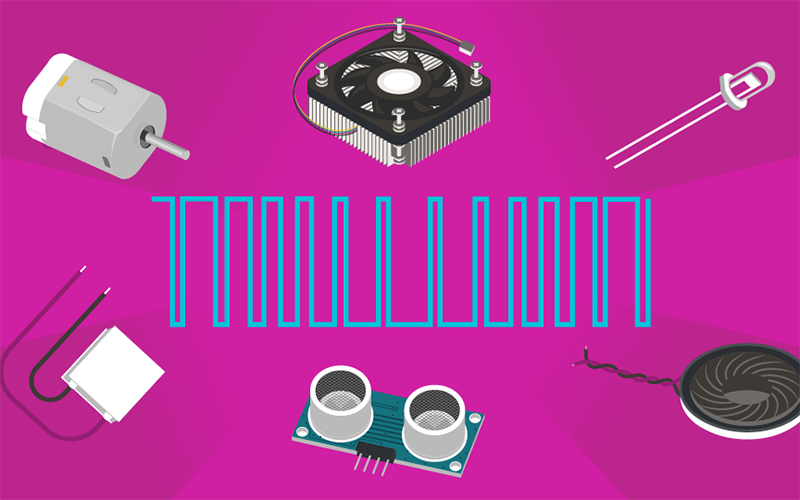In the world of electronics, controlling power with precision is often just as important as delivering it. That’s where Pulse Width Modulation (PWM) comes in – a versatile technique that modulates the amount of power a device receives by rapidly switching the signal on and off.
By adjusting the “on” time, or duty cycle, engineers can finely control performance in everything from LED brightness to motor speed and voltage regulation, all while keeping energy use efficient.
The Same Sky blog post, ‘Pulse-Width Modulation (PWM): How It Works and Why It’s Essential in Electronics’, offers a clear breakdown of how PWM functions and why it’s so widely used in electronics. The article covers fundamental concepts like switching frequency and duty cycle, highlights both pros and cons, and even includes real-world examples of PWM settings for devices like fans, ultrasonic sensors, Peltier coolers, and buzzers. Whether you’re designing embedded systems or refining a power circuit, this guide will help you apply PWM with confidence and clarity.




